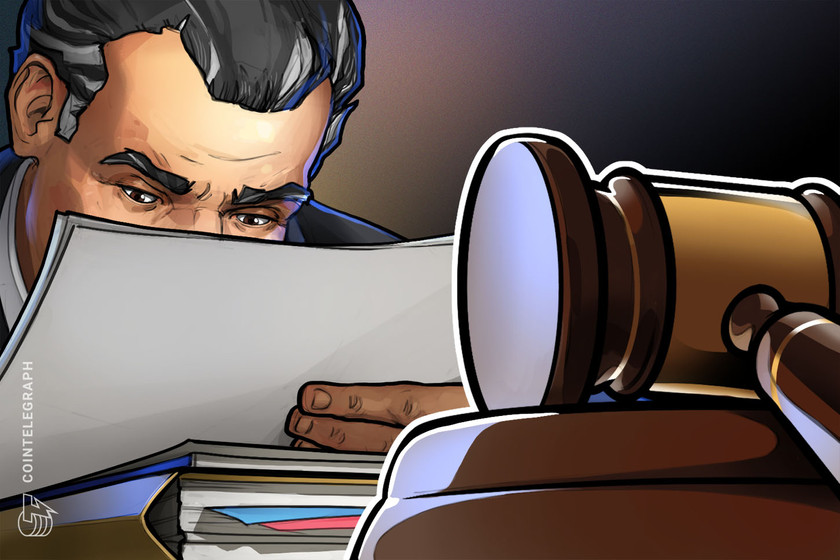BlockFi denies rumors that majority of its assets were held on FTX


Although it admitted to “significant exposure,” the crypto lender assured clients that it has “the necessary liquidity to explore all options.”
Crypto lender BlockFi issued an official notice to its clients on Nov. 14 denying rumors that the majority of its assets were on FTX prior to the exchange’s collapse. According to an update shared by BlockFi, although a majority of its assets were not on FTX, it still has “significant exposure to FTX and associated corporate entities that encompasses obligations owed to us by Alameda, assets held at FTX.com, and undrawn amounts from our credit line with FTX US.”
Despite its exposure, BlockFi assured clients that it has “the necessary liquidity to explore all options” and is currently consulting with experts and advisers on how to navigate its next steps.
According to the crypto lender, it is still working on “recovering all obligations owed to BlockFi” but expects that the process may take a while, as FTX is currently working through its bankruptcy process.
With regard to its credit card product, BlockFi shared that it will provide direct details “as and when appropriate.” Meanwhile, the platform said it plans to continue its pause on many activities after determining that it could not operate business as usual in the current market climate.
BlockFi also cautioned its clients to avoid making any deposits to their BlockFi wallets or interest accounts.
Related: Former Huobi-linked entity says it has $18.1 million stuck on FTX
On Nov. 11, Cointelegraph reported that BlockFi had halted client withdrawals on its platform as part of a broader limit on platform activity in the wake of FTX’s collapse. The company shared in a Nov. 11 tweet that a “lack of clarity on the status of FTX.com, FTX US, and Alameda” had prevented it from operating normally.
BlockFi’s latest update comes only days after BlockFi’s founder and chief operating officer, Flori Marquez, assured users in a Twitter thread that all BlockFi products were fully operational, as it had a $400 million line of credit from FTX US, which is a separate entity from the global entity affected by the liquidity crunch.
1) All @BlockFi products are fully operational.
— Flori Marquez (@FounderFlori) November 8, 2022



















